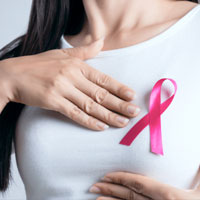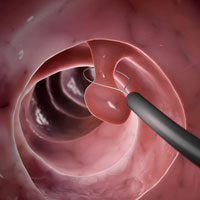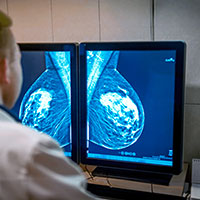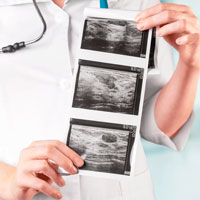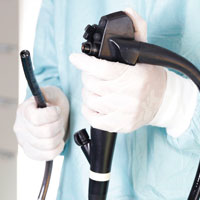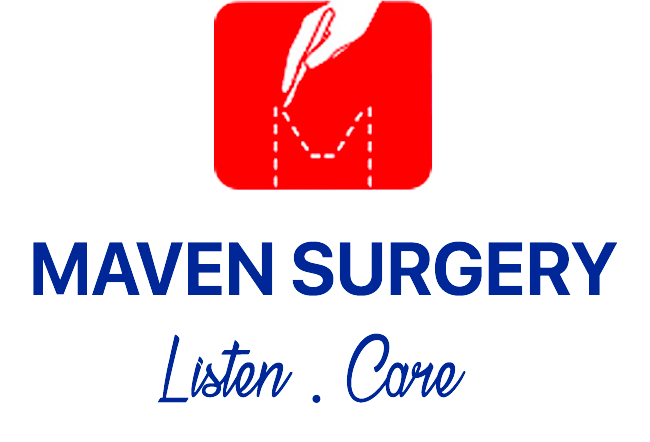How to Do a Breast Self-Examination
With breast cancer being the most common cancer among women in Singapore, it’s important that you know what to do to detect it as early as possible. Some patients find out that they actually have breast cysts, so take note that the two conditions are different. One way to find out is to visit your doctor for breast cancer screening exams such as a mammogram, which is an X-ray of the breast. Another way is to perform a breast self-exam, which allows you to become familiar with your breasts and find or feel for any change or abnormality that may require medical attention.
How Often Should You Do a Breast Self-Exam?
A breast self-exam should be done ideally on the same day every month. A breast cancer doctor may recommend that you do so 7 to 10 days after your period starts. At this time, the breasts are at their least swollen and tender. For women who have irregular periods, have started menopause or have undergone a hysterectomy, they can simply mark a day on the calendar that is easy to remember, and do the exam on that day every month. The important thing to do is note any remarkable change from last month’s exam.
At What Age Should You Do It?
Starting from age 20, all women should do breast self-examinations every month. Apart from this, women aged 20 to 39 years old should also see a breast doctor for a clinical breast exam every three years. Women 40 years old and above are recommended to have monthly breast self-exams and an annual mammogram at their breast clinic. Women 50 years and above can choose whether to get a mammogram yearly or every other year.
How to Do a Breast Self-Exam
A breast self-exam makes up an important part of breast cancer screening. Fortunately, it’s really easy to do! This may be explained to you by your breast cancer doctor in Singapore. Here’s how:
In Front of a Mirror
Stand in front of a mirror that is big enough that you can see both of your breasts. Keep your arms down and relaxed by your sides. Visually check your breasts for any changes in their size, shape and symmetry. Check the skin for dimpling, puckering or any swelling and discoloration. You should also check for any changes in your nipples such as bloody or abnormal discharge, inversion or change in position/direction. Do these again with your arms raised above your head, and again with your hands on your hips. Take note of your findings.
Lying Down
When you are lying down, your breast tissue spreads out evenly, making it easier to feel any change or abnormality. During this part of the exam, find a flat surface you can lie on, or just lie on your bed. With your left hand, gently feel your right breast using your finger pads instead of the tips. A good way to not miss any breast tissue is to start feeling your breast from your nipple and then move your fingers outward in a spiral pattern, eventually making your way to your armpit. Apply varying pressure as you do this. Make sure to check your nipple and areola as well for any discharge or lump. Repeat these steps to check your left breast, but this time with the pillow or towel under the left shoulder and your left arm behind your head.
In the Shower
While in the shower, the water and soap will make it easier for you to glide your finger pads over your breasts to check for any lumps and thick masses. Start by placing one hand on your hip, and using the other hand to feel the breast on that side. As mentioned above, use your finger pads to gently apply varying pressure on the breast in a circular pattern starting from the nipple. Repeat on the other side. Next, raising one arm behind your head, use your other hand to feel your breast up and down the bra line up to the collarbone. Repeat this on the other side.
What to Look Out For
Breast cancer screening is essential to detect cancer early when it is most treatable, and one way you can protect yourself is through self-exams. If you found a lump, you should know the symptoms that you should look out for. In many cases, a woman discovers a lump on her breast through these exams, leading to prompt diagnosis and timely breast cancer treatment.
Breast self-exams enable you to familiarize yourself with your breasts’ characteristics, from their appearance to their texture. This is important to know because your breasts are unique, so what looks or feels normal to you may look or feel different to others. By always checking on your breasts, you will find it easier to detect any changes that might potentially be progressing into breast cancer.
If cancer is suspected, your breast surgeon may order additional tests such as a mammogram, biopsy or a breast ultrasound in Singapore. These tests will help your doctor make an accurate diagnosis and prescribe appropriate treatment.
Get Checked Today
If you are already experiencing the early warning signs of cancer, you should consult your doctor as soon as possible. Breast screening in Singapore involves a combination of physical exams, laboratory tests and self-exams. Breast self-exams are your first line of defense against breast cancer, but it isn’t foolproof, so do not forget additional clinical and imaging exams once you reach certain age groups.
At Maven Surgery, we provide comprehensive support to women who may be concerned by or afflicted with breast cancer. To make an appointment with Dr Chong Chee Keong, or further enquiries regarding our breast cancer screening exams, call our clinic at 63555285 today.
“From Diagnosis to Recovery, We're with You Every Step”
For appointments and enquiries, contact us via form below or call us at (+65) 6355 5285
Mount Elizabeth Novena Specialist Centre
38 Irrawaddy Road #06-33,Singapore 329563
Parkway East Medical Centre
319 Joo Chiat Place #02-05,Singapore 427989
Farrer Park Medical Centre
1 Farrer Park Station Rd #15-13,Singapore 217562
Tel : (+65) 6355 5285
Whatsapp : (+65) 6355 5285
Operating Hours: Monday to Friday: 9:00 AM to 5:00 PM Saturday: 9:00 AM to 1:00 PM Closed on Sundays and Public Holidays

